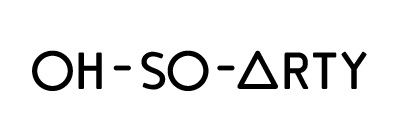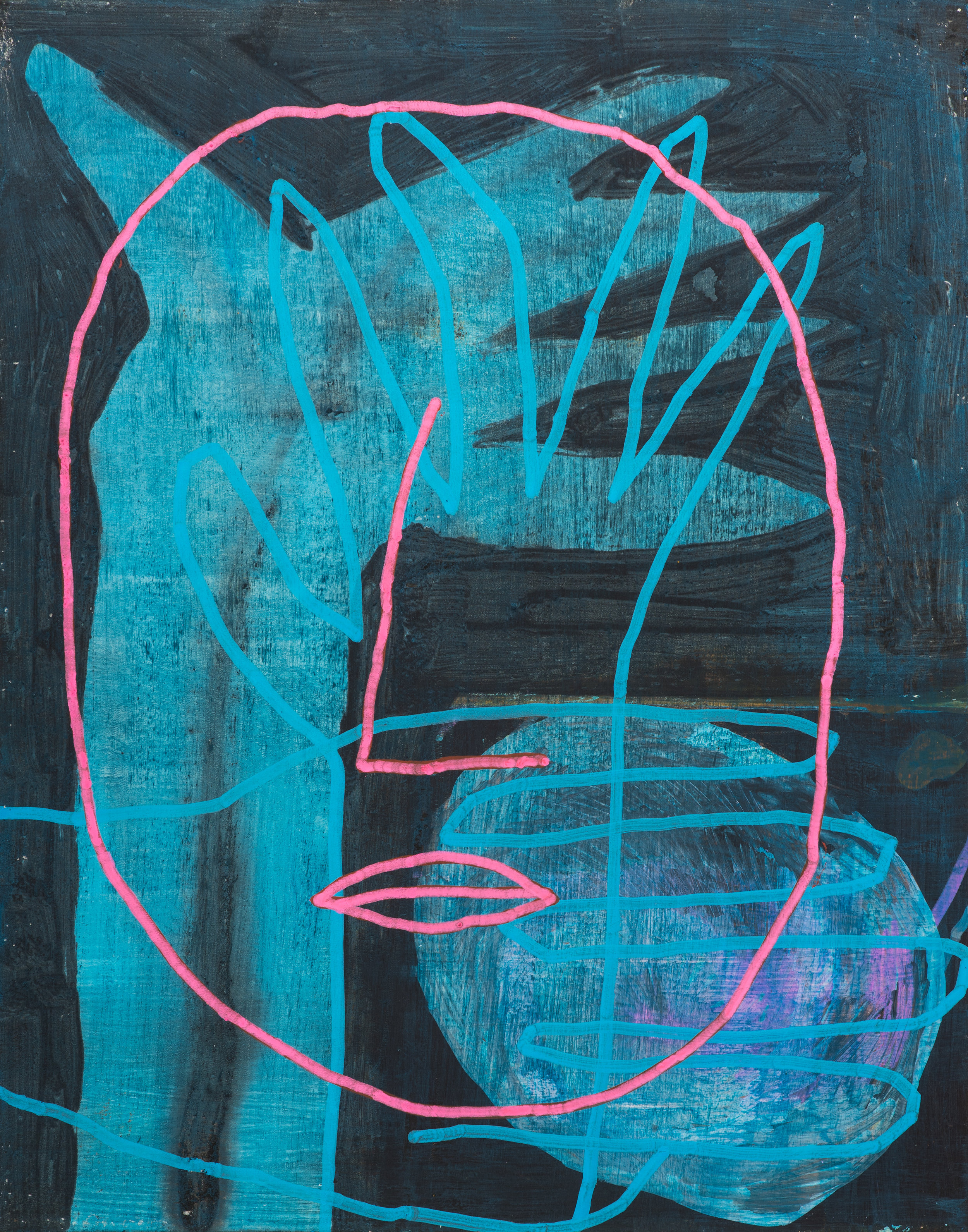Recommendations of what to see in the Warsaw art scene this month by our local guide, Zuzanna Zasacka. Discover even more on a private tour.
I.
Exhibition: Sarkis. Angel Rainbow
Artist: Sarkis
Venue: Zacheta Gallery
Dates: Until February 18th, 2018
An exhibition of one of the most important classics of the 20th and 21st century art. Born Sarkis Zabunyan, in 1938 in Istanbul, Sarkis is an Armenian conceptual artist. He studied painting and design at the Mimar Sinan University in Istanbul, and since the 1960s has lived and worked in Paris. He was one of a dozen young artists invited by the curator and art critic Harald Szeemann to participate in the exhibition Live in Your Head: When Attitudes Become Form (Works — Concepts — Processes — Situations — Information), at the Kunsthalle Bern (1969), which presented a new vision of contemporary art.
In his work, Sarkis metaphorically touches on the most important problems of today’s world. He is fascinated by both contemporary visual culture and the richness of tradition and history of non-European cultures, which have been excluded or marginalised for years. The basic elements in the structure of his works and ideas are constituted by the concepts of memory and identity. In Zachęta, in collaboration with people working locally at the exhibition, the artist has built and manipulated three important elements of his work: light, word, and context of place. This Zachęta exhibition will present 21 sentences, selected by our team and hand-written in Polish by Zachętas employees, then made into neon signs.
Sarkis_Angel Rainbow_exhibition view_Zachęta_photo by Marek Krzyżanek
II.
Exhibition: Rachel Poignant. Generations
Artist: Rachel Poignant
Venue: Xavery Dunikowski Musuem of Sculpture „Królikarnia“
Dates: Until February 18th, 2018
The sculptures of Rachel Poignant, though abstract and unique, resemble forms we know: shells, stones, cookies or the avant-garde works of the constructivists. They are anachronistic—they do not seem to belong to the time in which they originated, reaching both the remembered past as well as the imagined future. They are reminiscent of remnants of 20th century modernism extracted from the ruins of our world by archaeologists of the civilizations that will come after us.
What connects Rachel Poignant (b. 1986) to Poland is her teacher and mentor, Anka Ptaszkowska. Ptaszkowska, an eminent curator and art critic, works only with outstanding artists. She was the initiator of many unconventional artistic events, which connected the Polish art world with Western Europe. Also this time, Ptaszkowska, convinced of the extraordinary talent of Rachel Poignant, has initiated a Polish-French collaboration.
Rachel Poignant
III.
Exhibition: Gallery of Polish Design
Venue: National Museum in Warsaw
This time I will exceptionally recommend the permanent exhibition, but freshly open. The NMW has something special in store to mark the end of 2017. Polish applied arts will be on permanent display in the Gallery of Polish Design, showcasing the most important pieces from the early 20th century up to the present day.
The Nataiona Museum’s new permanent gallery shows the numerous approaches to design prevalent throughout the various decades and artistic circles – from the Zakopane milieu, Krakow Workshops, “Ład” Artists’ Cooperative and modernists in the “Praesens” group, through the post-war reconstruction period, Social Realism, the Polish thaw and post-1956 modernism – when Polish applied arts developed with the greatest dynamism – to the finest examples of contemporary design. A separate mention will be given to aspects of industrial design, design for children and ethnographic design.
Gallery of Polish Design
















